On the afternoon of August 22, Ho Chi Minh City University of Agriculture and Forestry, the Center for International Forestry Research (CIFOR) and the University of Adelaide (Australia) organized a seminar: "Sharing and updating information on carbon markets from coastal forest ecosystems".
At the seminar, Dr. Tran Dinh Ly - Vice Principal of Ho Chi Minh City University of Agriculture and Forestry said that the carbon market is becoming an important and urgent issue in the context of increasingly complex climate change.
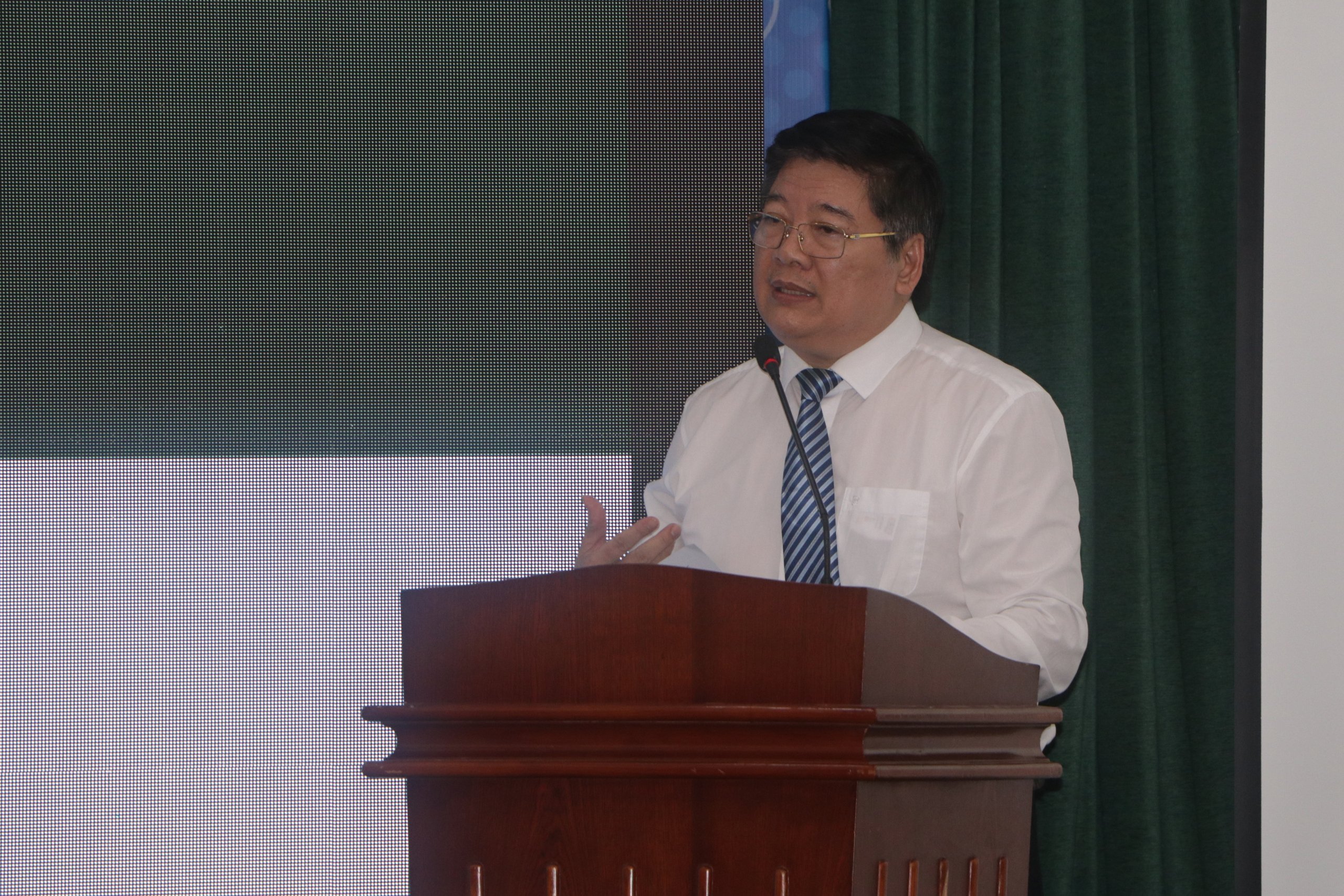
Dr. Tran Dinh Ly - Vice Rector of Ho Chi Minh City University of Agriculture and Forestry spoke at the seminar. Photo: Quang Sung
Coastal and wetland ecosystems (including mangroves, tidal marshes and seagrasses) play an important role in adapting to and mitigating climate change, while ensuring livelihoods and social security for coastal communities. Studies have shown that mangroves and coastal wetlands have a much higher carbon sequestration capacity than other ecosystems, especially tropical forests.
“However, exploiting this potential still faces many challenges in managing, protecting and sustainably developing coastal forest ecosystems,” Dr. Ly said.
According to Dr. Vu Tan Phuong - Vietnam Forest Certification Office (Ministry of Agriculture and Rural Development), carbon credit is the amount of emission reduction and carbon absorption increase compared to the reference level. Carbon credit is created from implementing mitigation measures; complying with regulations on measurement, monitoring and reporting methods, and is assessed, verified by an independent third party and registered and recognized. One carbon credit is equal to 1 ton of CO2eq.
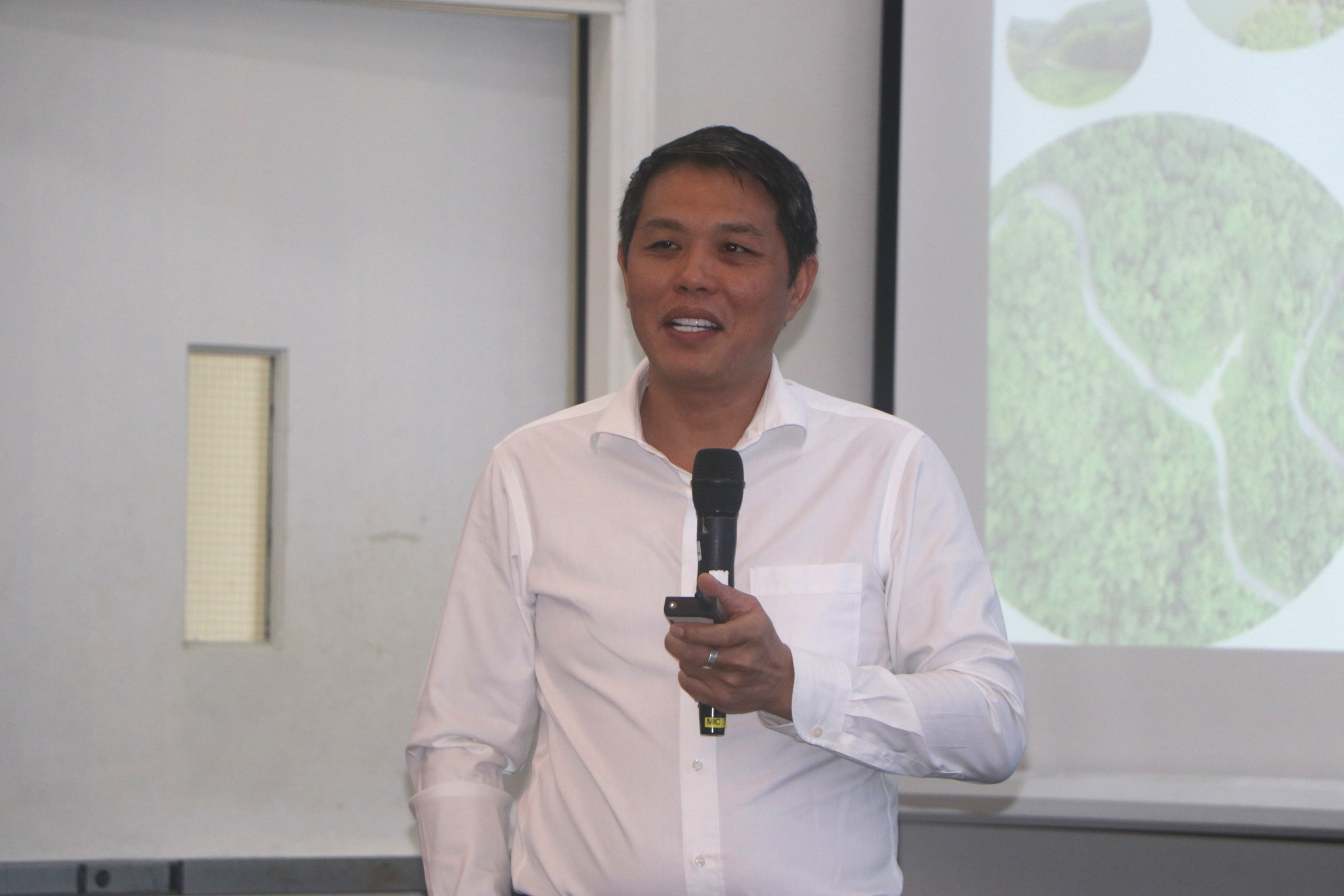
Dr. Vu Tan Phuong - Vietnam Forest Certification Office presents the concept of carbon credits. Photo: Quang Sung
When talking about carbon credits, we need to pay attention to biomass, which is the mass of dry matter (stems, branches, leaves, roots, etc.) usually expressed in tons/ha. Biomass is the basic parameter used in calculating carbon changes.
- Mangrove forests in Vietnam are about 150,000 hectares, 80% of which are distributed in the South.
- Tidal flats have about 1.8 million hectares, mainly in the Red River Delta and the Mekong River Delta.
- Seagrass has about 15,637 hectares, 66% in Phu Quoc island area.
- High carbon reserves in mangrove forests, about 8.7 million tons of carbon, accounting for 1.4% of the total carbon reserves in the forest ecosystem (612 million tons of carbon).
There is also an emission factor (EF), which is a factor to determine the amount of greenhouse gas emissions per unit of activity data. EF is often built on studies/measurements to give average data.
Assessing the potential of coastal forests in the Southern region, Dr. Pham Thu Thuy - University of Adelaide (Australia) said that this is an area with great potential for developing a carbon market. However, to date, there has been no specific, in-depth research on the effective exploitation of carbon credits in this area.
According to Dr. Thuy, Vietnam has a stable political system; 16th-ranked biodiversity in the world; 25 million poor people and ethnic minorities depend on forests for their livelihoods; and potential areas and quality of mangrove forests and terrestrial forests... are favorable conditions for developing a carbon market.
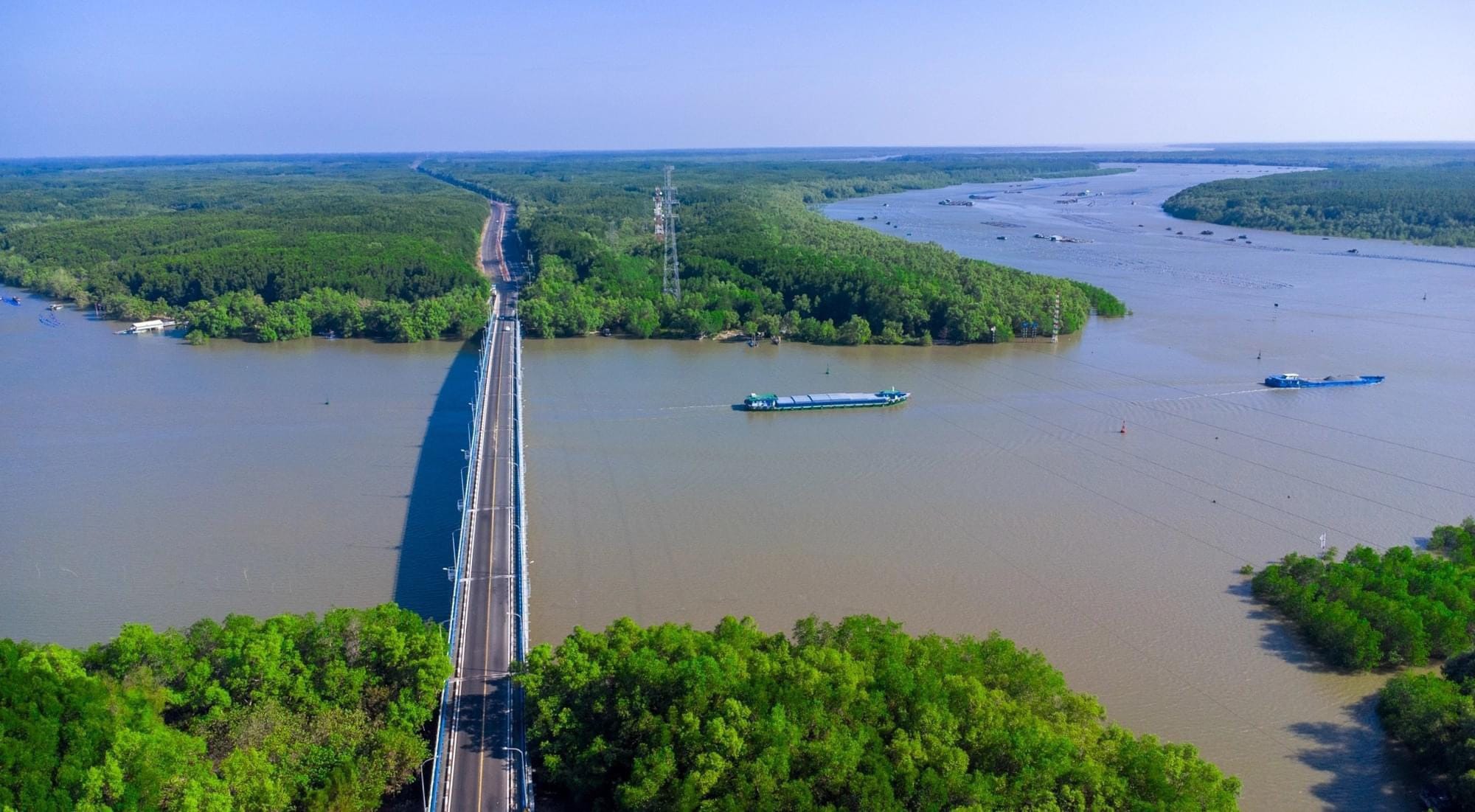
Vietnam's coastal forests have great potential for developing carbon markets. Photo: CG
“With their great potential in mitigating climate change, coastal ecosystems are attracting the attention of many investors in the global carbon market. However, the lack of information and limitations in trading blue carbon credits have made it difficult to develop effective carbon projects,” Dr. Tran Dinh Ly emphasized.
At the 2021 United Nations Climate Change Conference (COP26), Prime Minister Pham Minh Chinh affirmed Vietnam's determination and responsibility towards the global climate change issue. Accordingly, the head of the Vietnamese Government pledged that by 2050, Vietnam will achieve zero emissions.
Immediately after COP26, Vietnam immediately took a series of strong actions and steps to realize those commitments. The National Steering Committee for the Implementation of Commitments at COP26, headed by Prime Minister Pham Minh Chinh, was established and received high appreciation from the international community.
In addition, a series of programs have been launched by the Government and ministries and branches such as: Completing the National Power Development Plan for the 2021-2030 period, with a vision to 2045; developing a Project on tasks and solutions to implement the results of the COP26 Conference; National Strategy on Climate Change for the period up to 2050...
Source: https://danviet.vn/mot-kho-bau-nam-trong-cac-khu-rung-ven-bien-van-chua-duoc-danh-thuc-20240822165343685.htm










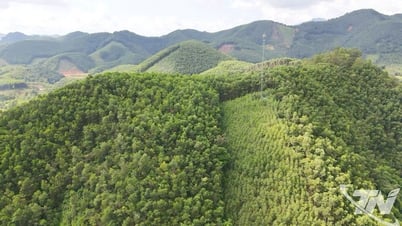

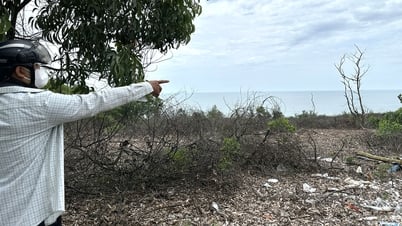





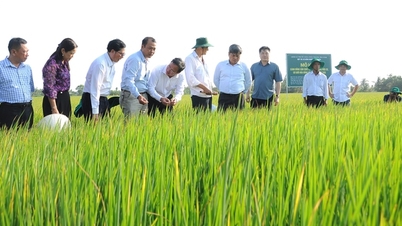
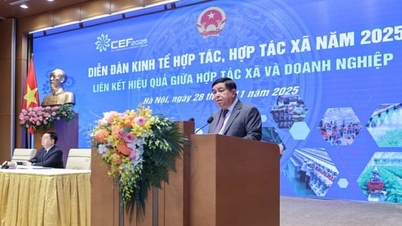

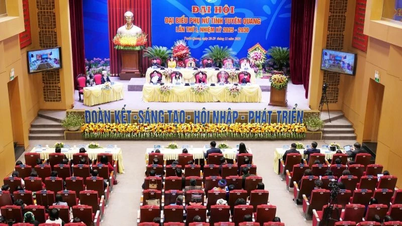

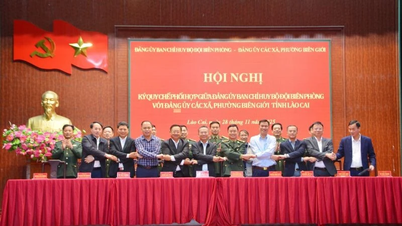
![Tue Tinh gets rich from the fields: [Part 1] Carrots 'open up the land' throughout the region](https://vphoto.vietnam.vn/thumb/402x226/vietnam/resource/IMAGE/2025/11/29/1764389769377_1026-z7266742695736_f4e06e7df318c52c0fb916536279510f-nongnghiep-211017.jpeg)
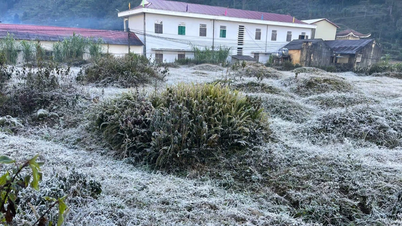





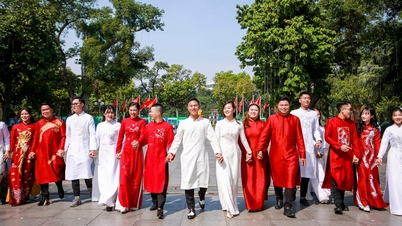

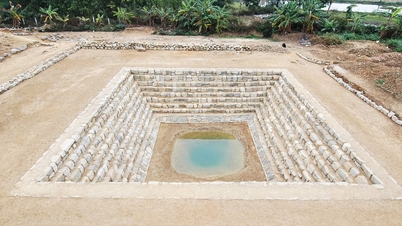









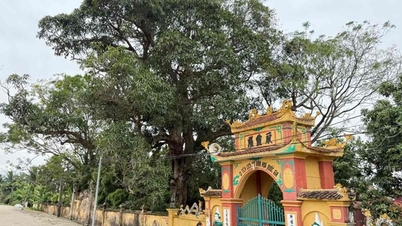

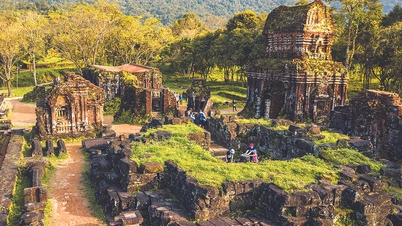


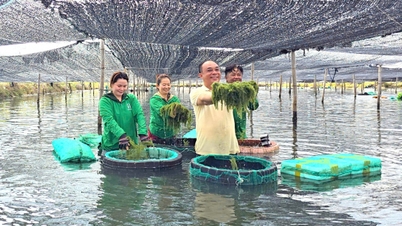


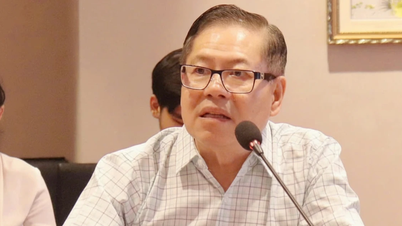







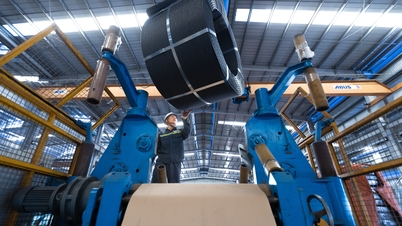



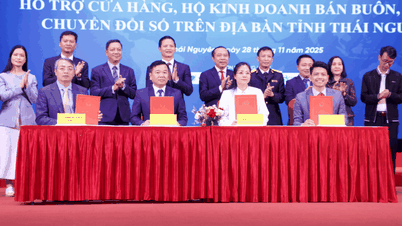
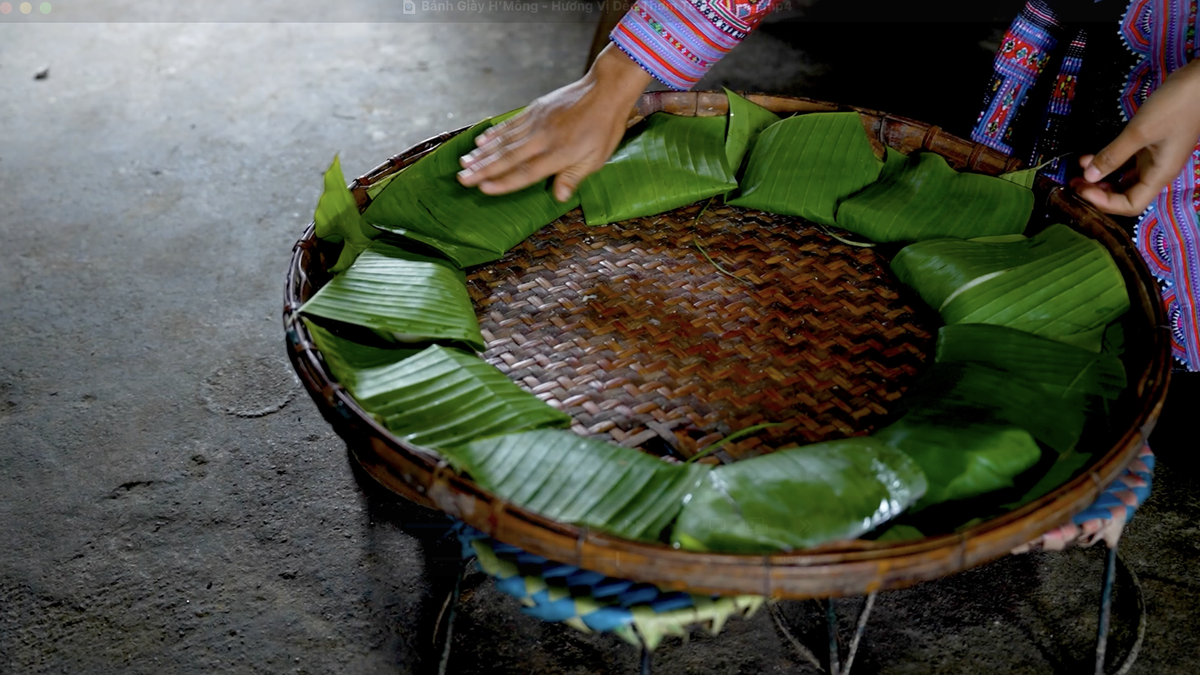

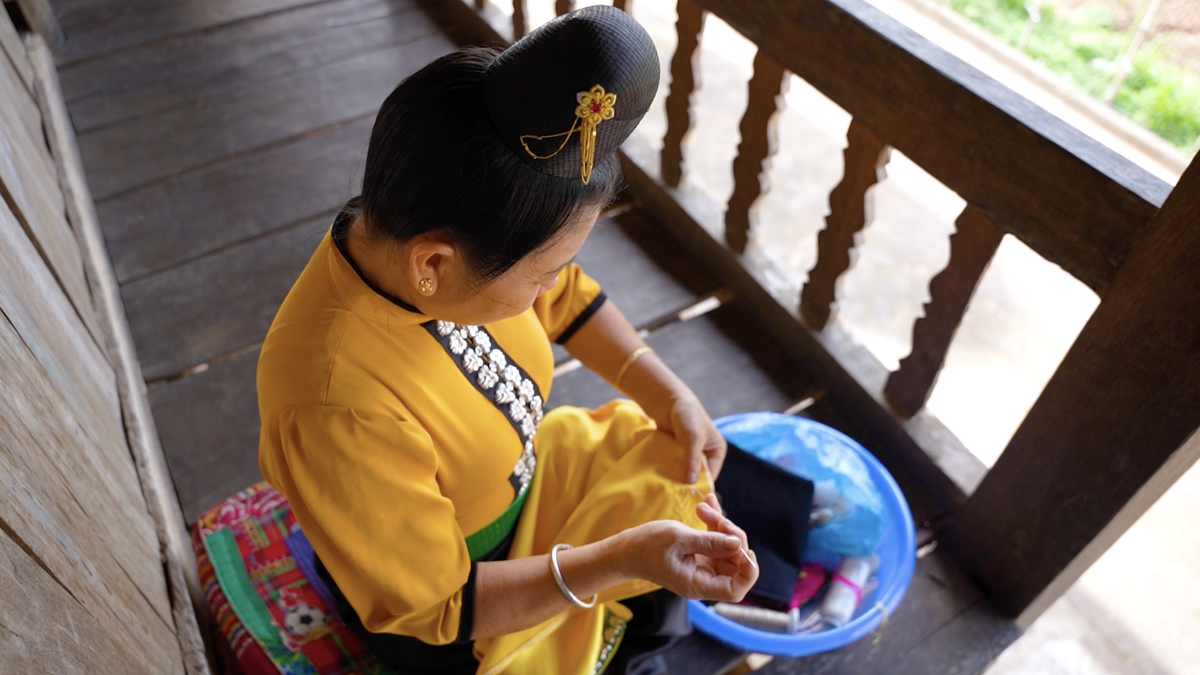


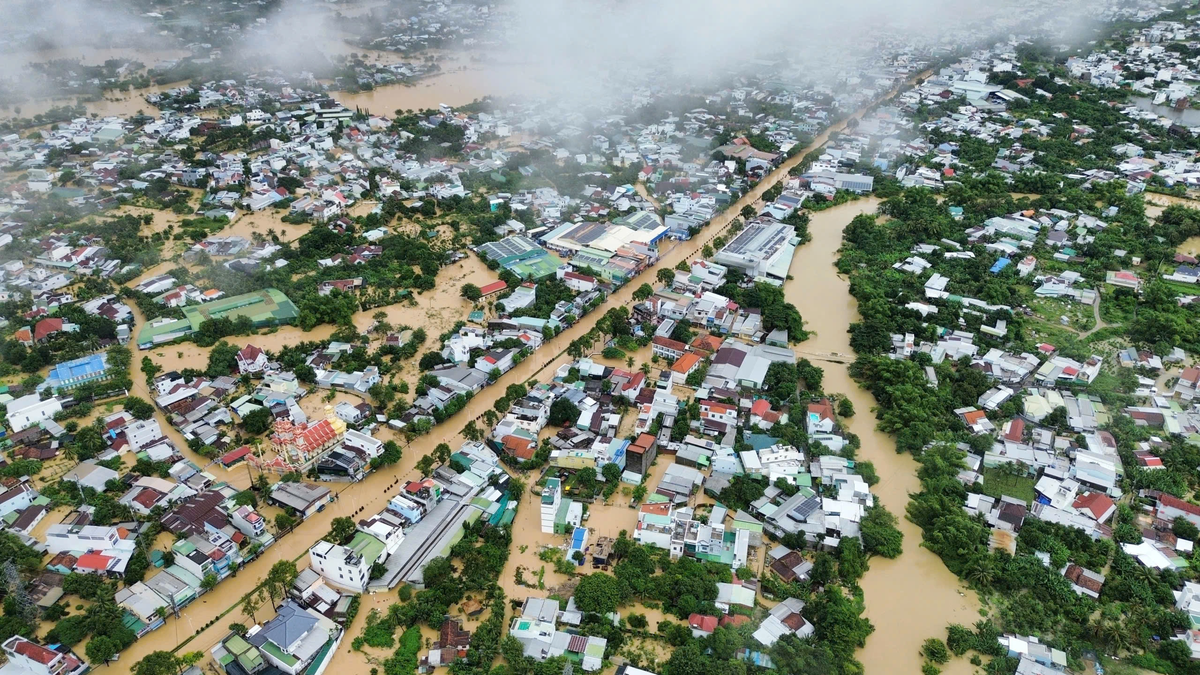


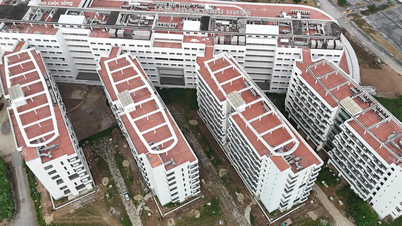


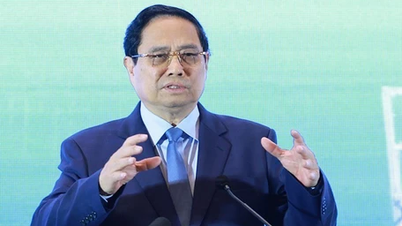


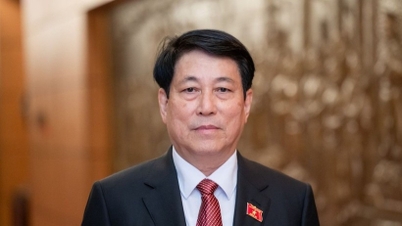


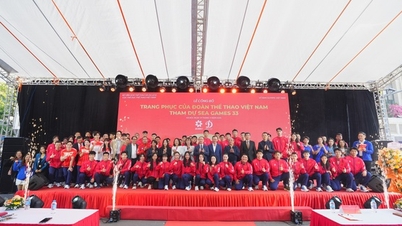

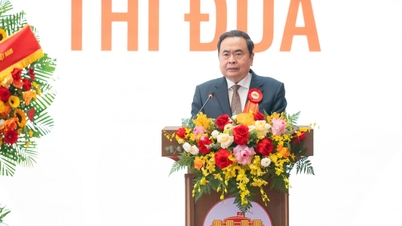


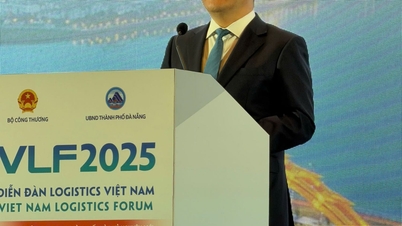
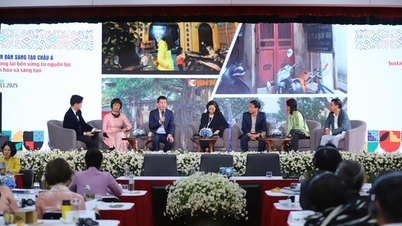
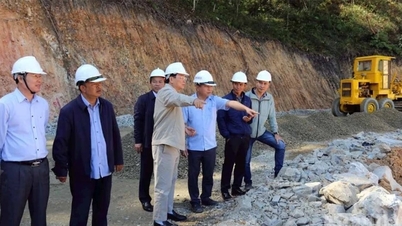




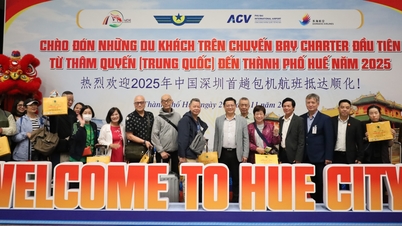











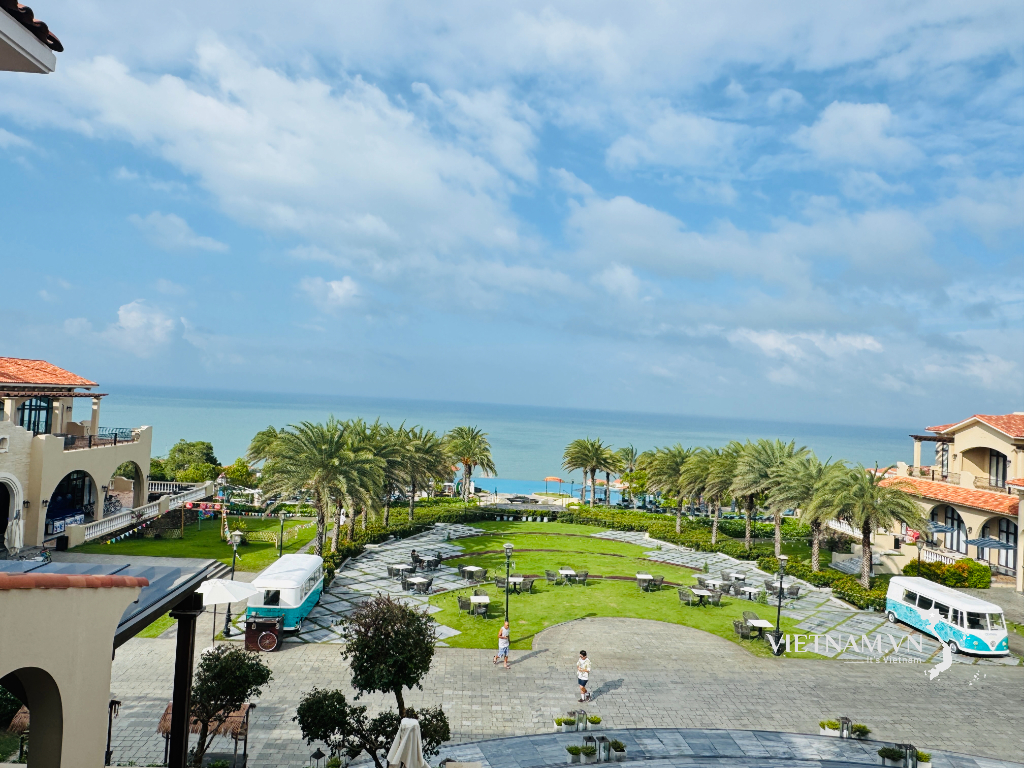


Comment (0)